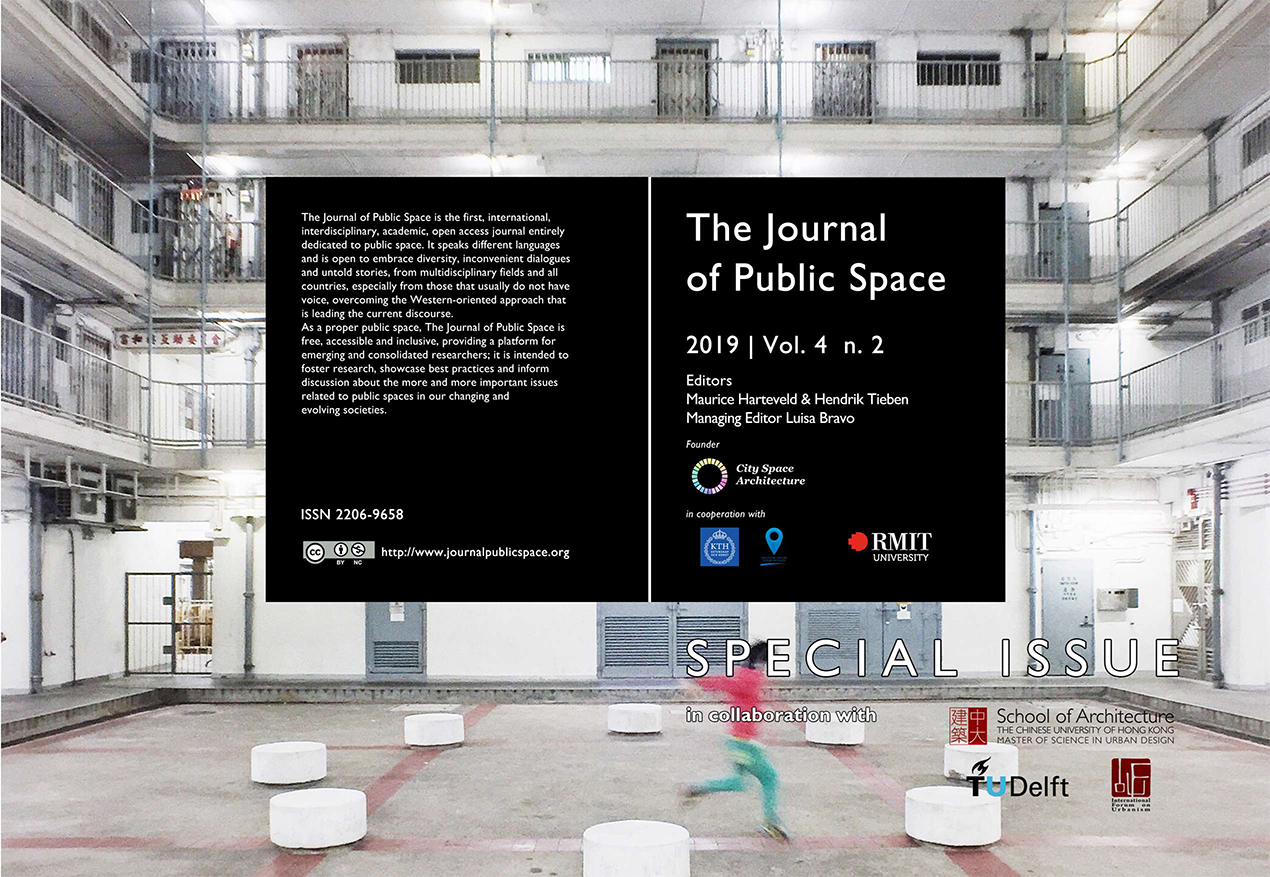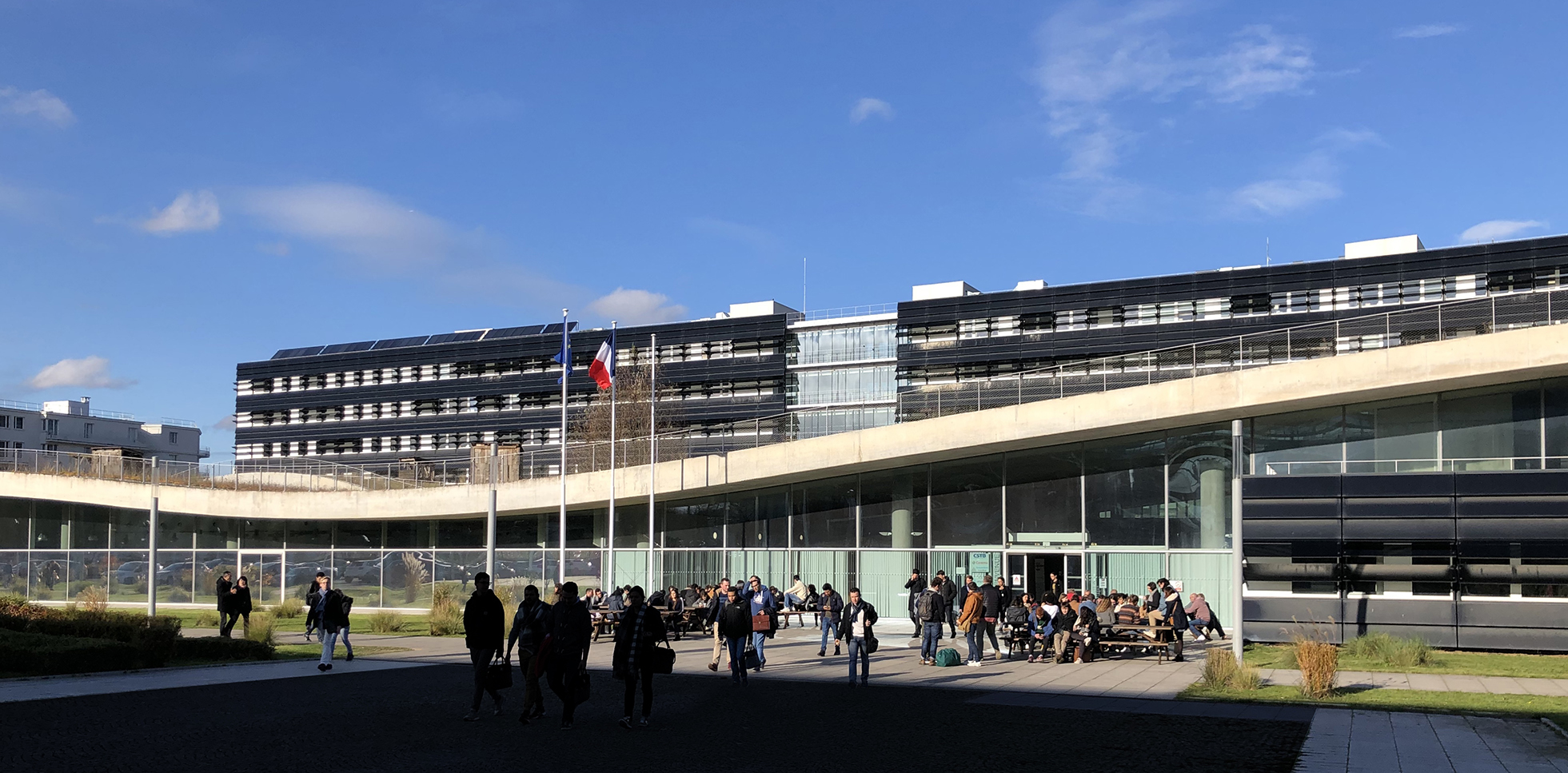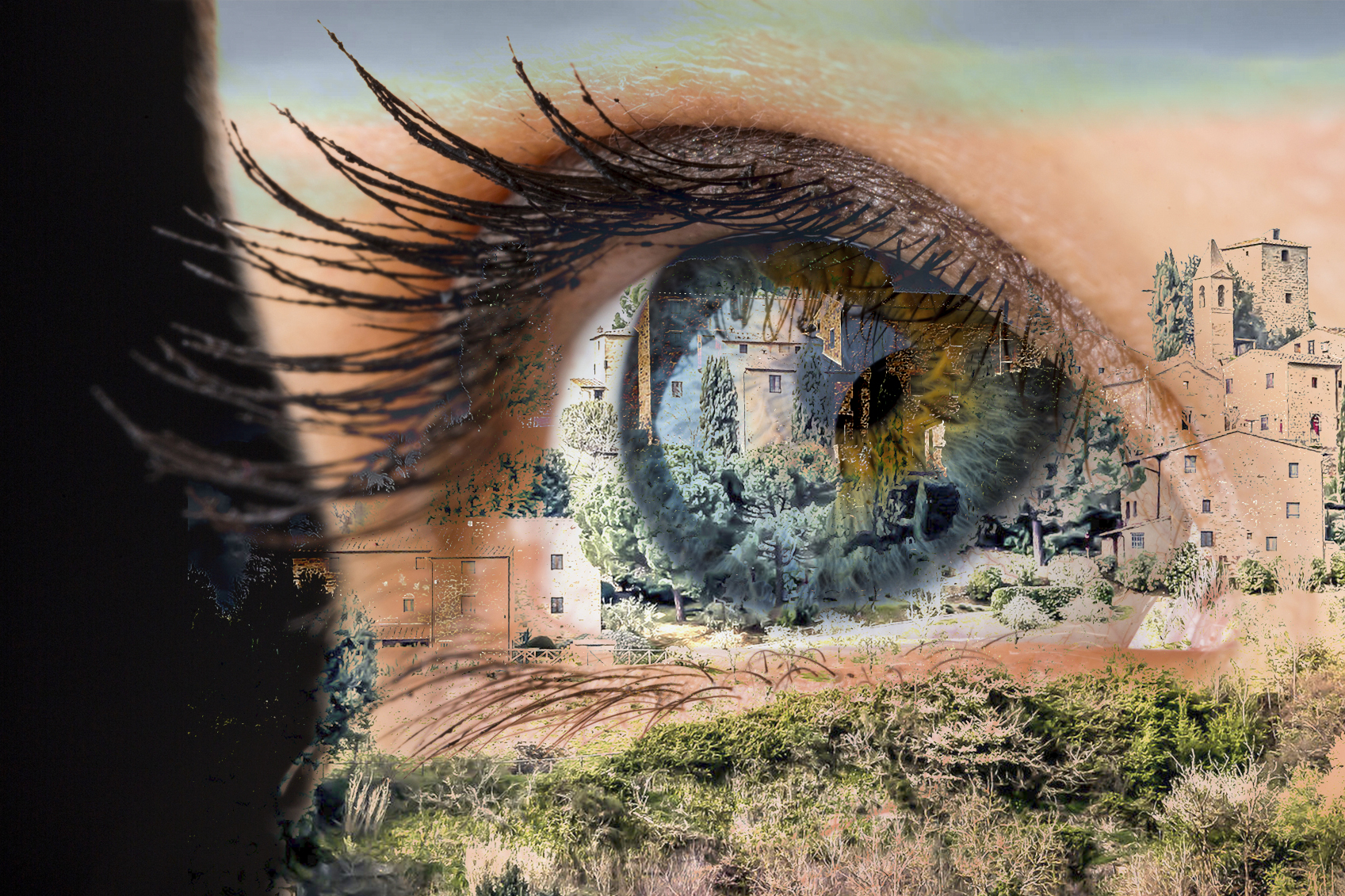
Why is smart mobility essential in urban development?
Like many metropolitan areas, the Amsterdam metropolis is prospering, the city is growing, new homes are being built, new companies and talent continue to relocate here, and the city is becoming increasingly popular with tourists. If residents, visitors, commuters, and others continue to travel as they do today, all forms of transport combined will grow in the coming years between 20% and 40%, and traffic will grind to a halt.
Good accessibility – with smart connections within the city and with the rest of the country and world – makes an important contribution to Amsterdam’s attractiveness for all travelers. Moreover, particularly in Amsterdam, social diversity and inclusivity are valued, which means providing everyone with equal access to good liveability and transport.
Mobility operates as the intersection between the city’s infrastructure and its city’s inhabitants. It is the central link in the well-functioning of a city and a key element in the organization of multimodal transport. In doing so, it is not only about the connection to other areas, but also about sowing together the fabric of the area and the movement of people in the area itself.
Continue reading →








